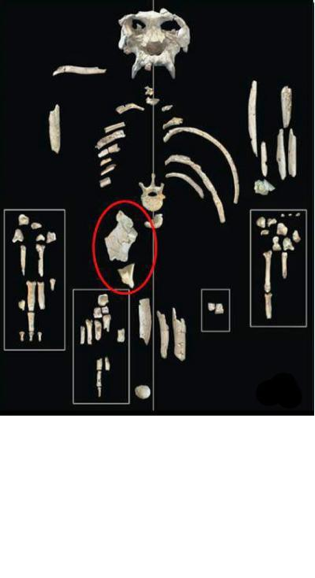Sign up for FlowVella
Sign up with FacebookAlready have an account? Sign in now
By registering you are agreeing to our
Terms of Service
Loading Flow

Pierolapithecus catalaunicus – This 11.9 million-year-old fossil may represent what the public considers "the missing link," though that term is inaccurate. Scientists are hoping that this is the last common ancestor of apes and humans.

Old monkeys?
In this case, Pierolapithecus catalaunicus' ilium, the pelvis bone that Hammond examined, indicates a wider pelvis as needed for a more upright stance. It is older than any great apes, so we learn from this that the swinging from branches that chimpanzees, orangutans, and gibbons do must have evolved later.
By predating the great apes, yet also beginning an upright existence both in and out of trees, P. catalaunicus presents itself as a possible ancestor for both the great apes, including chimpanzees, and humans. This is a junction that scientists have been chasing after.